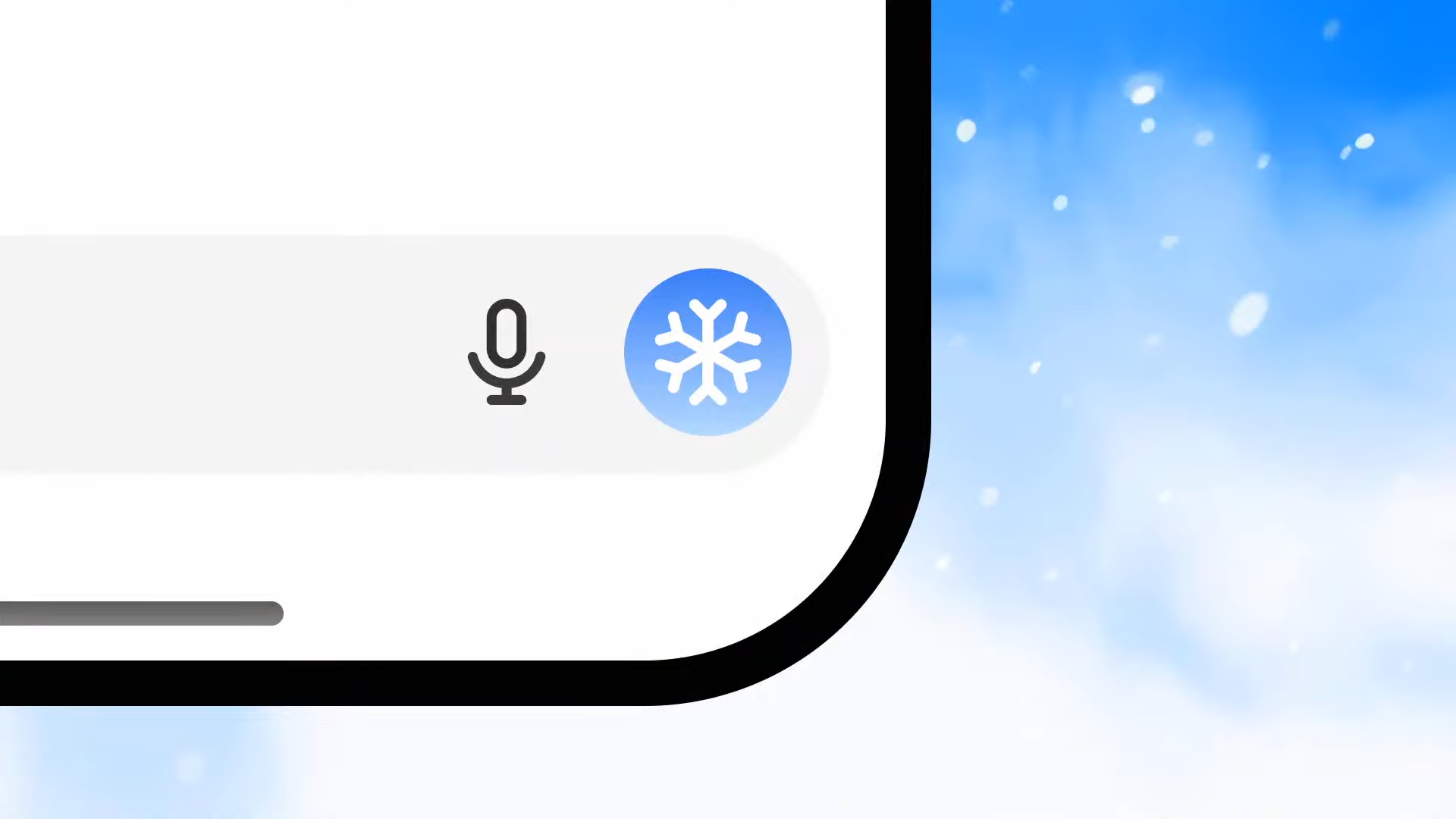
ChatGPT’s voice mode is redefining how we engage with AI, making interactions feel remarkably lifelike. This feature has gained attention for its ability to interpret tone, adapt responses dynamically, and even “speak” with human-like inflection. But does it live up to the hype? Let’s explore what makes this advancement so intriguing—and at times, unsettling.
Follow us on our Official WhatsApp channel
Voice mode allows users to have real-time conversations with ChatGPT. Unlike traditional text-based interactions, this feature introduces a dynamic element. Imagine asking a question, getting halfway through the response, and jumping in to clarify or redirect. The system understands these interruptions, responding without skipping a beat. This flexibility mirrors human dialogue, making exchanges feel surprisingly organic.
[RELATED: How Many Videos Can Sora Turbo Generate in Just One Hour?]
Tone recognition is where ChatGPT’s voice feature truly shines. For instance, when users ask lighthearted questions, the AI’s responses adopt a playful cadence. On the flip side, serious queries are met with measured and precise tones. This nuanced communication helps bridge the gap between humans and machines. However, not everyone finds it comforting. Some early adopters have reported feeling unsettled when the bot laughs at a joke or mimics emotional inflection too closely.

The system also introduces customization. Users can select from a range of voices—from warm and friendly to formal and authoritative. This flexibility makes the tool versatile, catering to professionals looking for efficiency or casual users seeking a conversational partner. Seasonal voice options, like the “Santa Mode,” have added an extra layer of novelty, drawing widespread interest.
However, this technology is not without its challenges. One notable issue is occasional transcription errors. During live demonstrations, the AI has struggled with understanding heavily accented speech or complex terminology. While updates aim to reduce these instances, they highlight the limitations of even advanced AI systems.

Voice mode’s practical applications are vast. Professionals can use it for quick brainstorming, parents might request bedtime stories for their children, and students could solve math problems on the fly. These real-world use cases showcase the potential for AI to seamlessly integrate into everyday life. At the same time, skeptics worry about the implications of over-personalized interactions, particularly in terms of privacy.
From a technical perspective, ChatGPT voice mode represents a leap forward. By combining voice recognition, natural language processing, and tonal analysis, OpenAI has created a system that feels less robotic and more relatable. But how far is too far? As ChatGPT voice mode becomes more lifelike, it raises questions about the boundaries of human-AI relationships.
In conclusion, ChatGPT’s voice mode is an impressive step toward humanized AI. It transforms how we think about machine interactions, offering convenience, relatability, and even entertainment. Despite its occasional flaws, this feature has proven to be both groundbreaking and thought-provoking. Whether you’re engaging in light banter or tackling serious questions, ChatGPT’s voice capabilities make every conversation feel refreshingly human.
RELATED:
- 50 Years Later, Gates Shares the Code That Built Microsoft

- RTX 5090 Cables Melting—Is Your GPU at Risk?

- ChatGPT Overload! When Does Daily Use Turn Into Addiction?

- Switch 2 Leak: Why It’ll Crush PS5 & Xbox from Day One!

- PS5 Pro vs. PS5: 4K Dreams or Marketing Scheme?

- Assassin’s Creed Shadows Stuns, But Is PS5 Pro Wasted?


